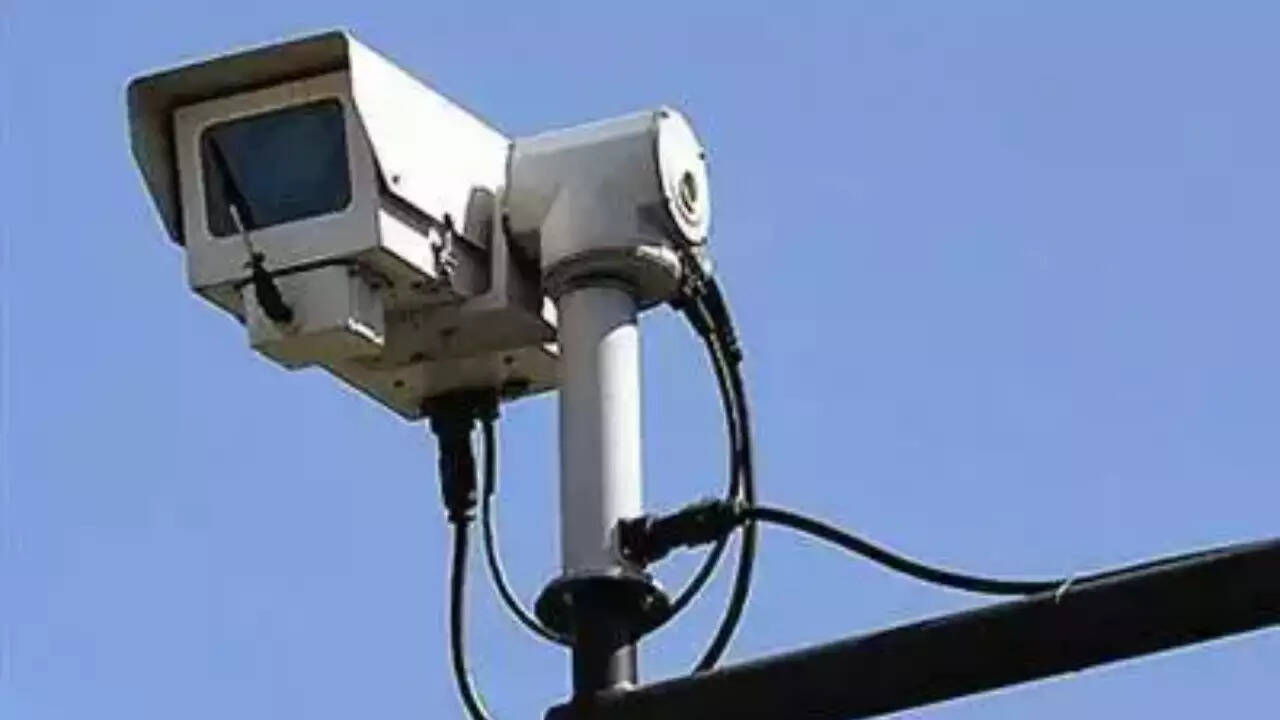
The Indian Roads Congress, which held its 82nd annual session in Gandhinagar earlier this week, has recommended automated speed enforcement (ASE) systems for detecting speed violations. The IRC has, however, said that automated systems cannot completely replace traditional methods against overspeeding.
“Technology has enabled automation of speed detection and imposing e-challans through implementation of ITS (intelligent transport system). Installation of speed and vehicle detection sensors help in generating challans without the need to stop vehicles,” the IRC code on overspeeding, which was released at the session, states.
The code says that such systems are effective where traditional stops are dangerous or infeasible due to roadway design. The systems can also work round the clock without the presence of enforcement personnel, which are already limited. The IRC code says that speed violation detection cameras (SVDC) also record all overspeeding vehicles, eliminating the possibility of unfair and inequitable actions.
One drawback of ITS, the code says, is that the camera captures the vehicle registration number and not the driver. This could cause issues in holding the offending driver accountable. “The ITS can supplement the existing traditional system, where the driver receives immediate feedback on a violation. The driver is also identified as either a “wanted” person or a disqualified driver,” the code states.
IRC secretary-general S K Nirmal said that all codes announced by IRC are adapted by various agencies engaged in traffic management. “Agencies planning and executing automated speed violation detection systems will have to adopt the new code on overspeeding,” he said.

